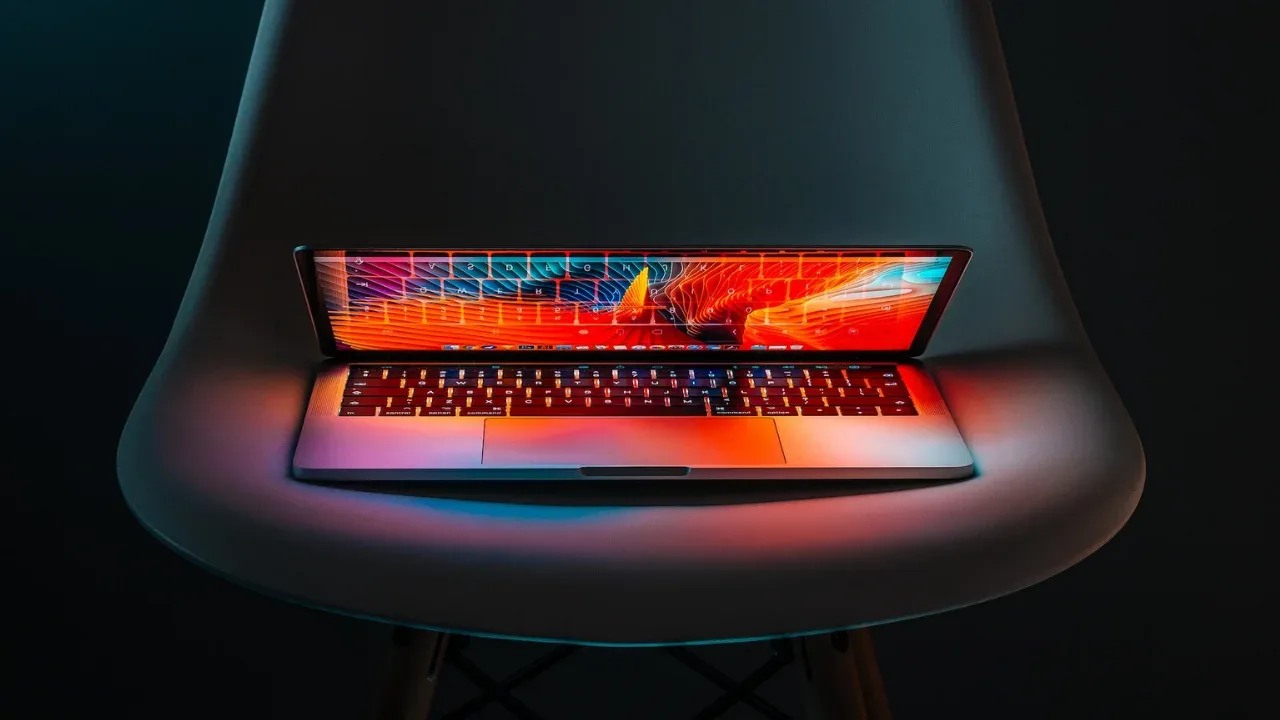Set EditText cursor color

Set EditText Cursor Color - A Complete Guide
🖋️ Hey there, tech enthusiasts! Are you facing a tricky issue with your Android app's EditText cursor color? Well, fret not, because I've got you covered with this comprehensive guide! 👍
The Problem
So, here's the dilemma: you're using the Holo theme in your tablet project, and you have a fragment with a white background. Inside this fragment, you've added an EditText component. However, regardless of your attempts to override the theme or set the style to Holo.Light, the text cursor remains white and becomes almost invisible on the screen. 😱
The Solution
Now, let's delve into the various solutions you can try to tackle this problem and make your EditText cursor more visible again! 💪
Solution 1: Use a Style
One option is to define a custom style for your EditText component in your styles.xml file. This style should inherit from the Widget.Holo.Light.EditText style but with a modified cursor color.
Here's an example of how to implement this solution:
<style name="AppEditText" parent="@android:style/Widget.Holo.Light.EditText">
<item name="android:textCursorDrawable">@drawable/custom_cursor</item>
</style>In this example, we've created a custom style called AppEditText that sets the textCursorDrawable attribute to a custom drawable resource named custom_cursor, which will define the cursor color.
Solution 2: Set Cursor Tint Programmatically
Another approach is to set the cursor color programmatically in your code. You can achieve this by using the setTextCursorDrawable() method on your EditText object.
Take a look at this code snippet to get a better understanding of how this solution works:
if (Build.VERSION.SDK_INT >= Build.VERSION_CODES.Q) {
editText.setTextCursorDrawable(R.drawable.custom_cursor);
}Here, we're checking the Android version at runtime and using the appropriate method. In this case, we're setting the cursor drawable to the same custom_cursor drawable resource as in the previous solution.
Solution 3: Customize Caret Color
Lastly, if you want to change just the caret color rather than the entire cursor color, you can use the android:textColorHighlight attribute in your custom EditText style. By setting it to a different color, you can make the caret more visible.
Here's an example:
<style name="AppEditText" parent="@android:style/Widget.Holo.Light.EditText">
<item name="android:textColorHighlight">@color/custom_caret_color</item>
</style>In this example, we've set the textColorHighlight attribute to a custom color resource called custom_caret_color.
Wrap Up
And that's it, folks! You can now bid farewell to your EditText cursor visibility woes. 💥
Now, armed with these three practical solutions, you have the power to overcome the white-on-white cursor issue and make it stylish and visually accessible. Test out the solutions and find the one that best fits your project.
If you have any other tips or questions regarding EditText cursor color or any other tech-related topics, feel free to drop a comment below and let's start a tech-savvy discussion! 😎
🔽 Don't hesitate to share this post with fellow developers who might be facing the same issue. Spread the knowledge and empower the tech community! 🔽
Take Your Tech Career to the Next Level
Our application tracking tool helps you manage your job search effectively. Stay organized, track your progress, and land your dream tech job faster.



